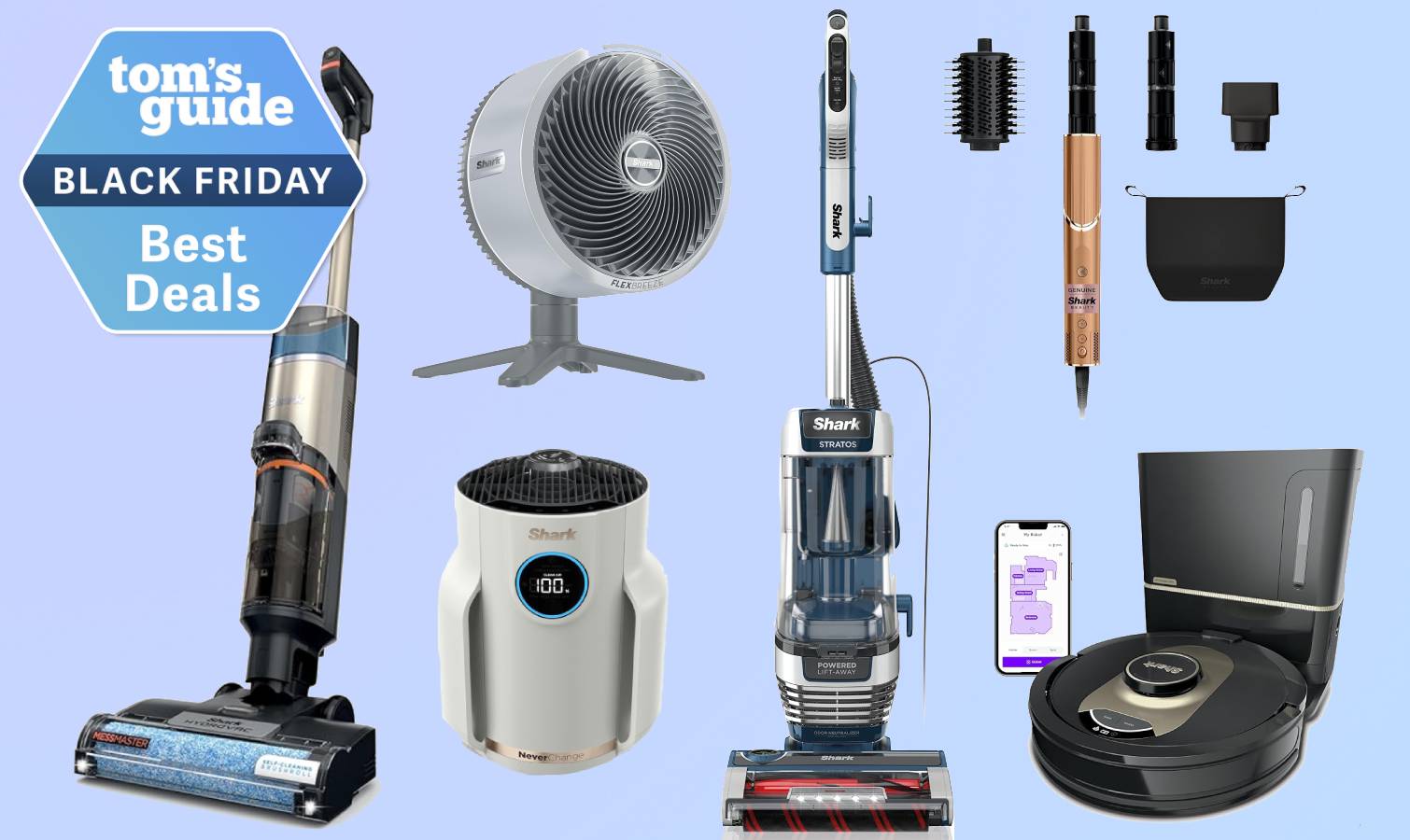I love big phones and I cannot lie — and here are the best you can buy right now

Nov 7: Our latest revamp has ensured that the biggest big phones of the last few months — the iPhone 17 Pro Max, Google Pixel 10 Pro XL and Galaxy Z Fold 7 — are present on this list.
The best big phones are normally the top models available from any manufacturer. With extra space for battery capacity, more cameras and other features, bigger is usually better. And if you're reading this guide, chances are that you agree.
As it stands right now, the best big phone is the Samsung Galaxy S25 Ultra, which uses its size to offer four rear cameras, a beautiful display and a great blend of performance and battery life. We also like the iPhone 17 Pro Max if you want a similar feature set in an iPhone format, the OnePlus 13 or Google Pixel 10 Pro XL for high-quality options for different budgets, and the Samsung Galaxy Z Fold 7, our current pick of the foldable phones.
It's likely that these rankings are going to stay stable up to the end of 2025. But there are some last-minute entries, like the OnePlus 15, that could alter things. For now though, here are our best big phone picks as they stand.

I'm a little sad to have seen the small phone basically go extinct over the seven years of my phone-reviewing career. But as a big phone fan and fan of big phones, I'm one of the people the industry is trying to cater to by making their phones larger! Having a big, but still pocketable, smartphone gives me lots of screen space to enjoy video or games on, and a large battery to keep enjoying them on while I'm out away from a charger. And if you're reading this guide, you likely feel that way too.
The quick list
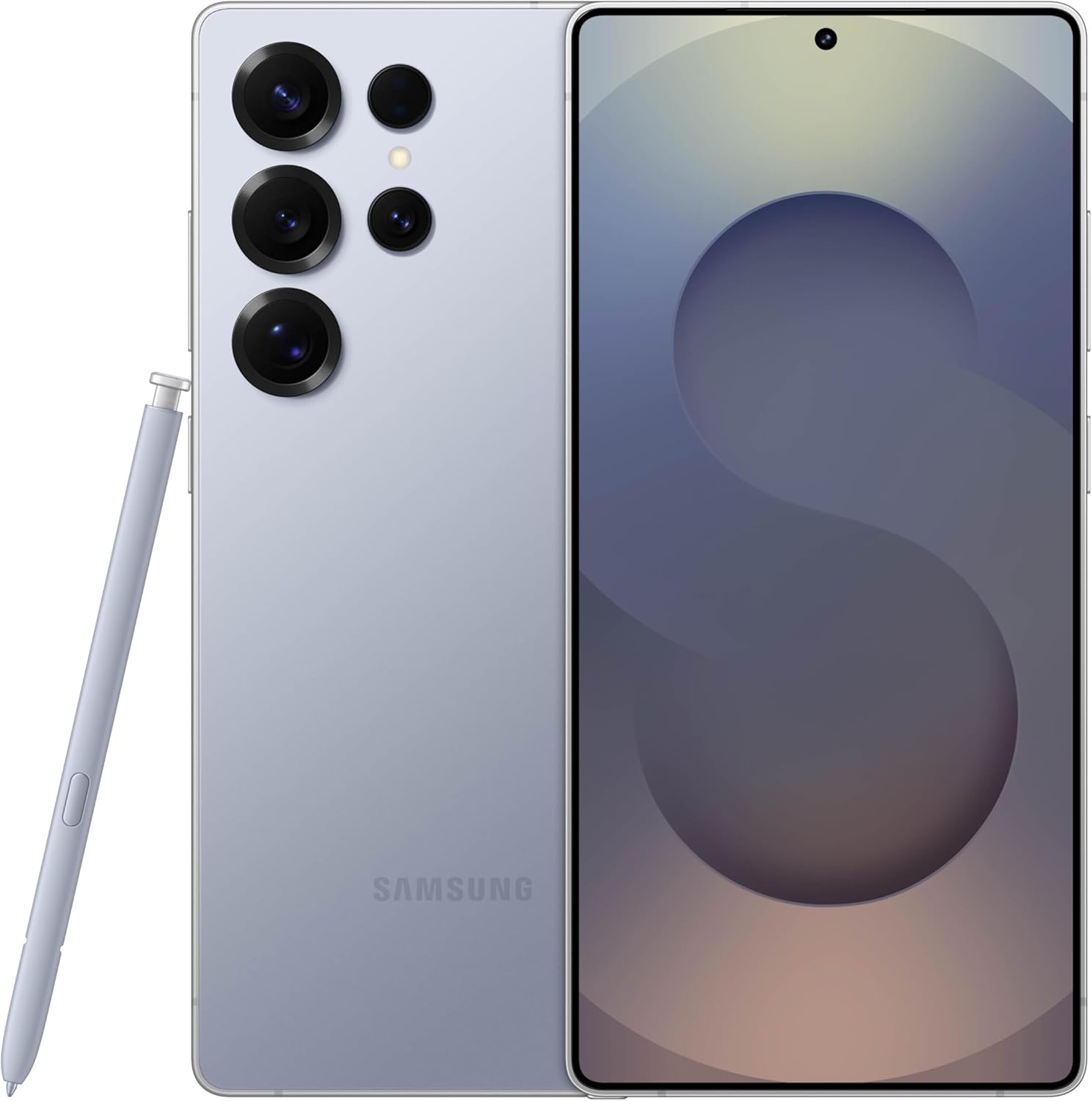
Larger than all previous Galaxy S phones, and still packing cutting-edge hardware and software, the Galaxy S25 Ultra is proof of just how much value even a full-priced flagship phone can fit into a big frame.
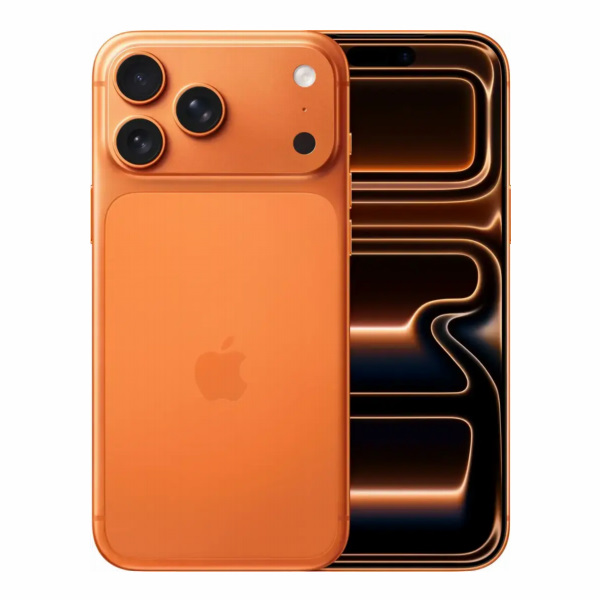
A new design and upgrades inside and out keep the iPhone 17 Pro Max as the ultimate big phone for Apple fans, or anyone who prioritizes battery life, performance and photo quality.
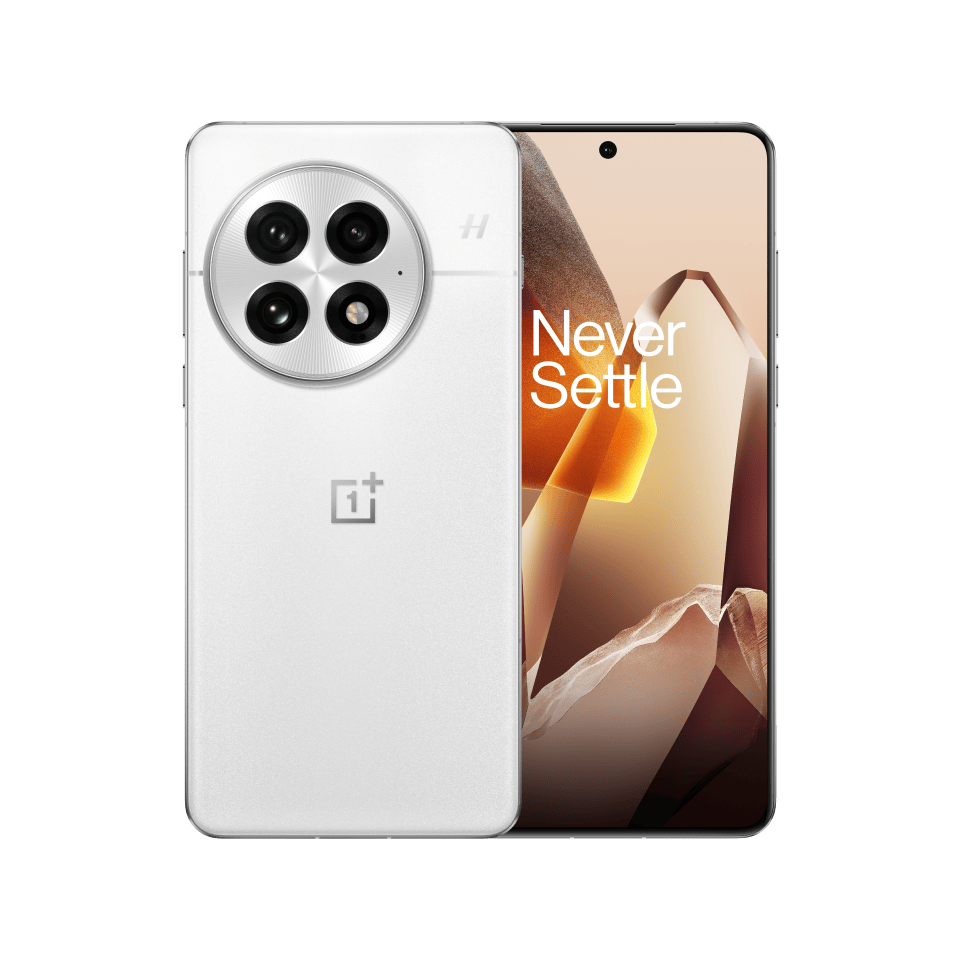
A large display and long-lasting battery are present and correct on the OnePlus 13, with fast charging, excellent cameras and some smart software features along for the ride too. And all for a lot less than you might expect.
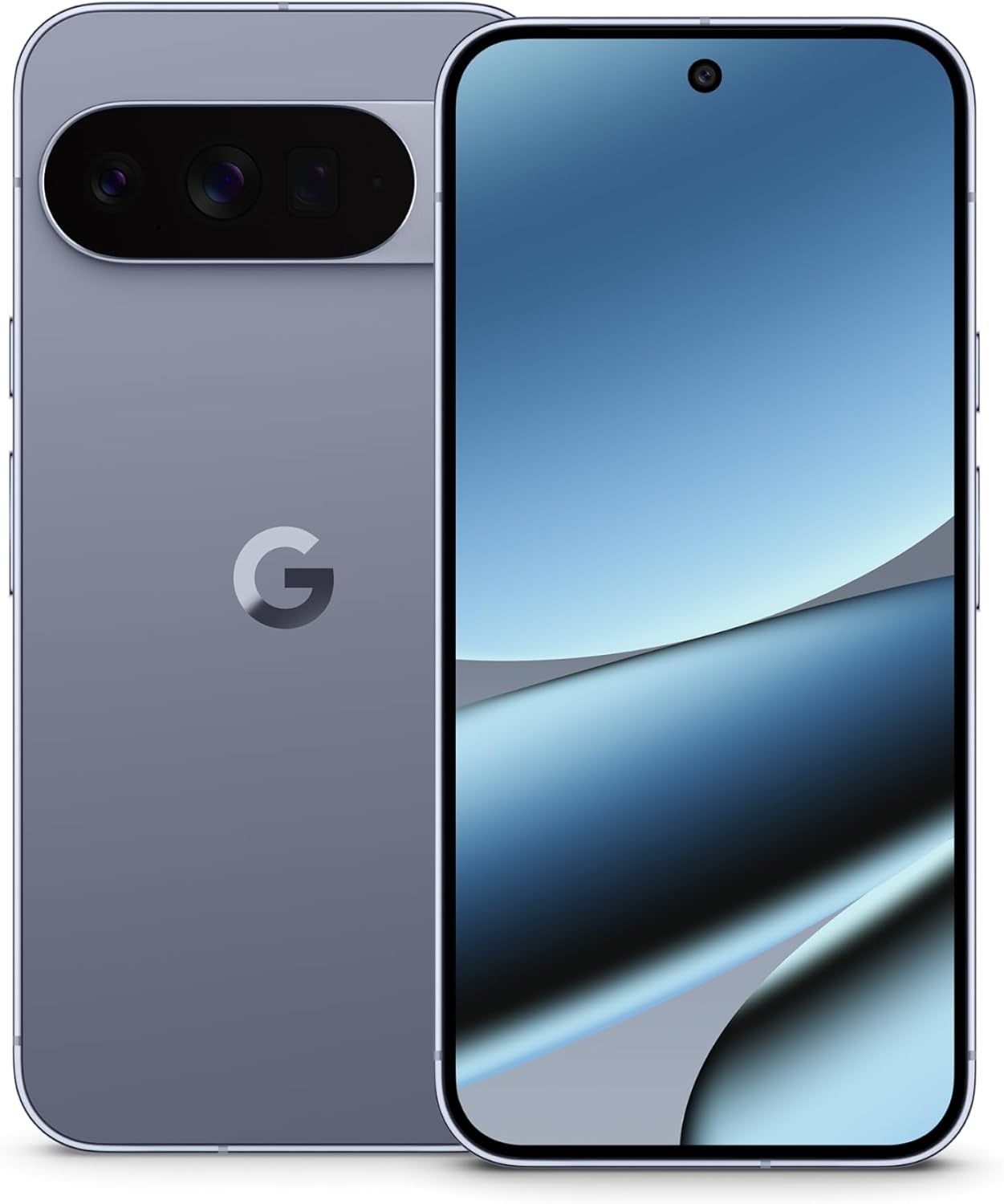
A bright screen and Google's latest AI features are the icing on the cake for the Pixel 10 Pro XL, which remains an excellent pick for smartphone photographers.
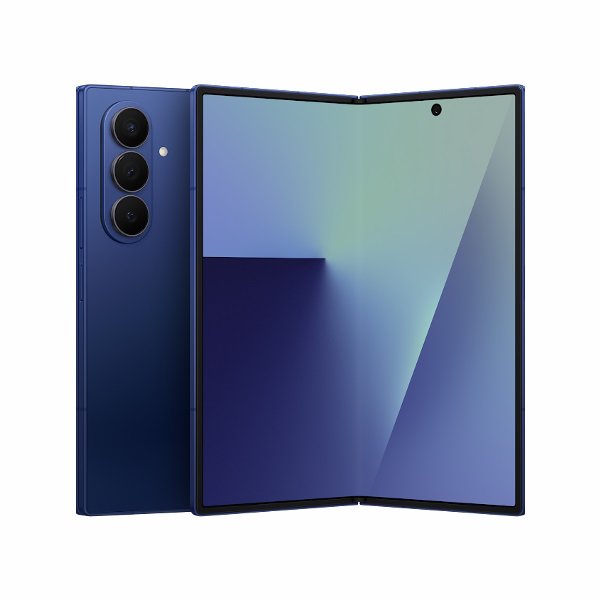
Samsung has blown its previous foldables out of the water with the massive upgrade that is the Galaxy Z Fold 7. A well-rounded phone that just happens to open out into a mini tablet on command.
Best big phone overall
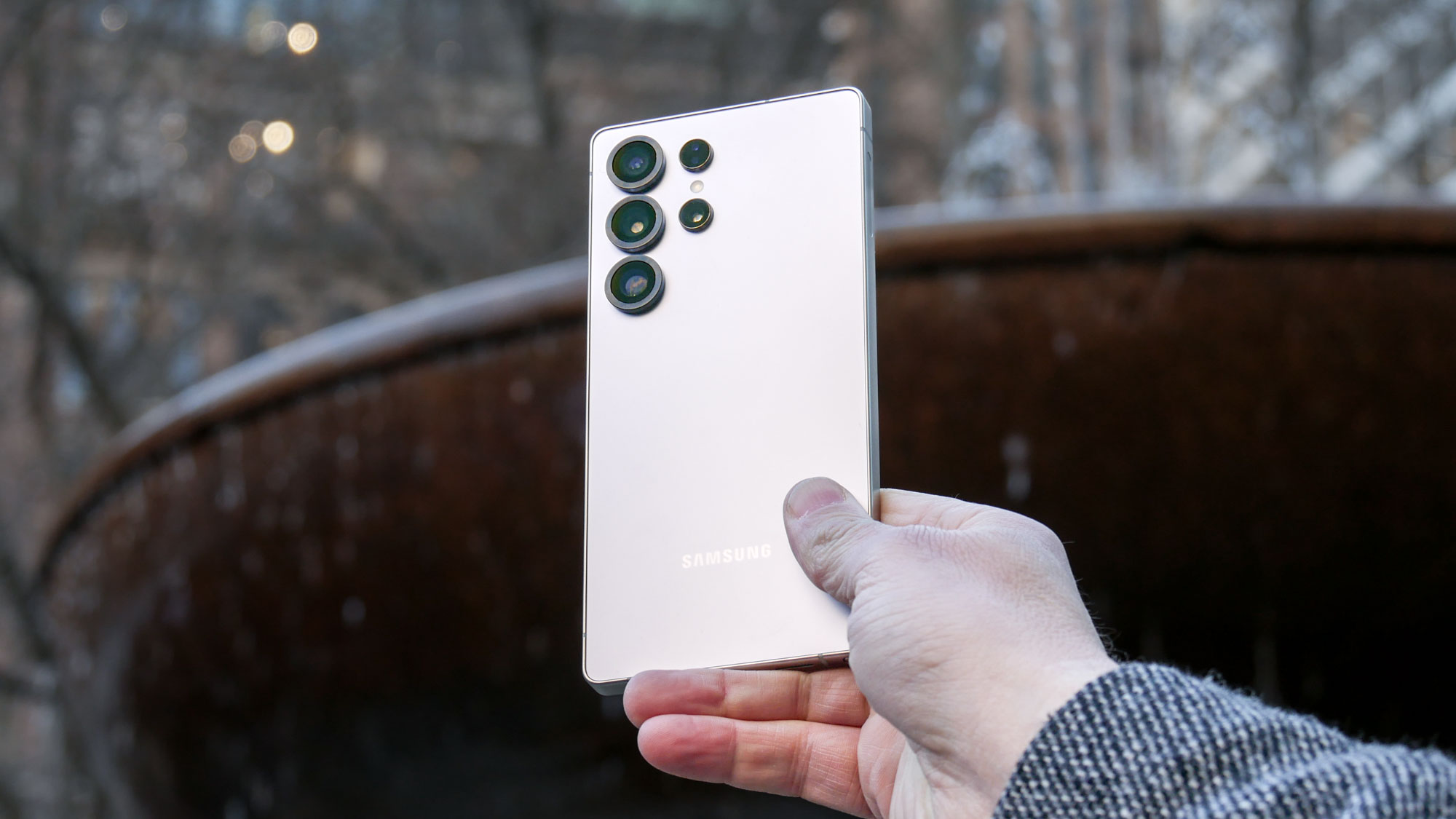

Specifications
Reasons to buy
Reasons to avoid
Samsung seems to have been paying close attention to its rivals, as it upgraded the Galaxy S25 Ultra's display size to make sure it's still the largest you can get today (excluding foldable phones). But that's only the start of the upgrades that have kept Samsung at the top of this guide.
In my day-to-day use, it's been clear how much better the battery life has become, despite the cell size not increasing from the previous year. I love the flexibility offered by the new 50MP ultrawide camera too, which adds even more detail to close-ups and macro images, plus Samsung's usual top-notch performance thanks to a custom version of the Snapdragon 8 Elite chipset.
It's a pity that in return for those upgrades, Samsung took away the Bluetooth gestures from the included S Pen stylus, although the core functions remain intact. It's also weird to see Samsung offer 25W wireless Qi2 charging but without the integrated magnets used to align the charger. You can get this built into a case instead, but that's more money and an extra step.
Even with these odd little changes, the Galaxy S25 Ultra is still bigger and badder than its rivals. The only real obstacle is its price, but it's worth it if you have the cash to spend.
Read our full Galaxy S25 Ultra review.
Best big iPhone


Specifications
Reasons to buy
Reasons to avoid
Apple's external updates to the iPhone 17 Pro Max are significant. There are some bold new colors to choose from, an aluminium frame with glass interior where once was titanium, and a big new camera plateau taking up the top third of the phone. But there are more substantial changes beneath.
As usual, Apple's knocked performance and battery life benchmarks out of the park with a larger battery, faster charging speeds and the new A19 Pro chipset. Photography - always a priority on Pro iPhones - has been upgraded too with a new 4x 48MP telephoto camera and a new Center Stage selfie camera to help you frame up your front-facing shots more easily.
This does come at the expense of size and weight compared to previous Pro Max iPhones. Plus, while we wait for the big Siri rework to finally come out, Apple's behind on on-board AI experiences. But all the same - this is the ultimate big iPhone if you're in the market for one right now.
Read our full iPhone 17 Pro Max review.
Best big phone value
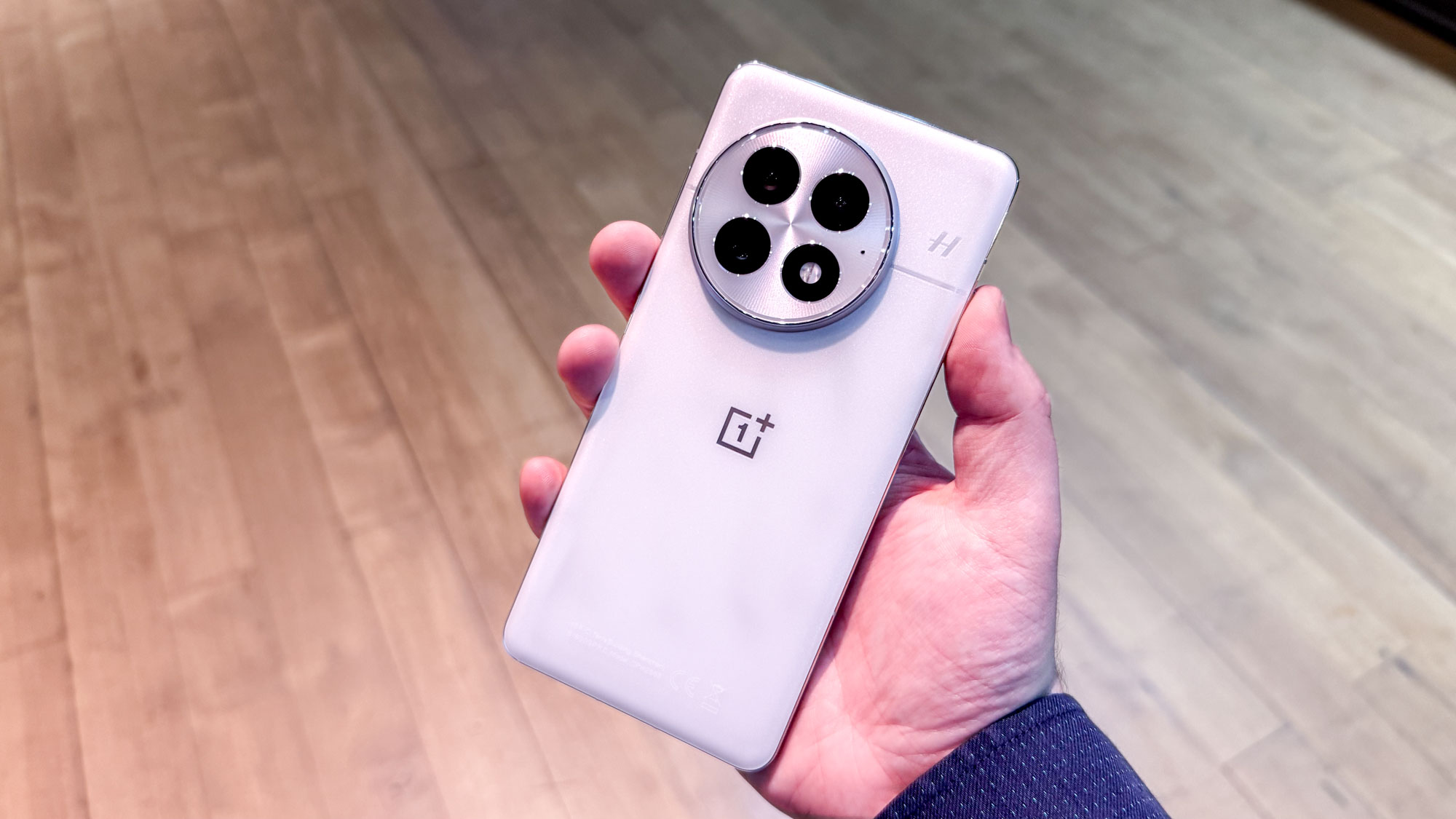

Specifications
Reasons to buy
Reasons to avoid
You will find it hard to get better features on a big phone for less than you do with the OnePlus 13. Its 6.82-inch display is on par with the best in the business, and its 6,000 mAh battery has resulted in one of the best battery life test results we've ever measured. And while I'd be happy recommending the phone on that alone, there's more to discover.
OnePlus has improved the cameras of the 13 once again, making this a phone I'd happily keep in my pocket while out on a photo-taking trip in place of Samsung or Google's latest. The Snapdragon 8 Elite and OxygenOS 15 give the OnePlus 13 the performance and features it needs to compete with this year's top phones, while a $900 start price means you're saving a lot of money compared to rivals that cost well over a grand.
It would be nice if OnePlus had extended the software support period of the 13 to more than the four years it currently offers, and if the price had stayed at $800 like last year's OnePlus 12, then this would be a no-brain recommendation. But the value and the quality of this phone remains despite of this, and I'd certainly buy this phone with my own money if I was shopping for a new handset of my own.
Read our full OnePlus 13 review.
Best big phone for cameras
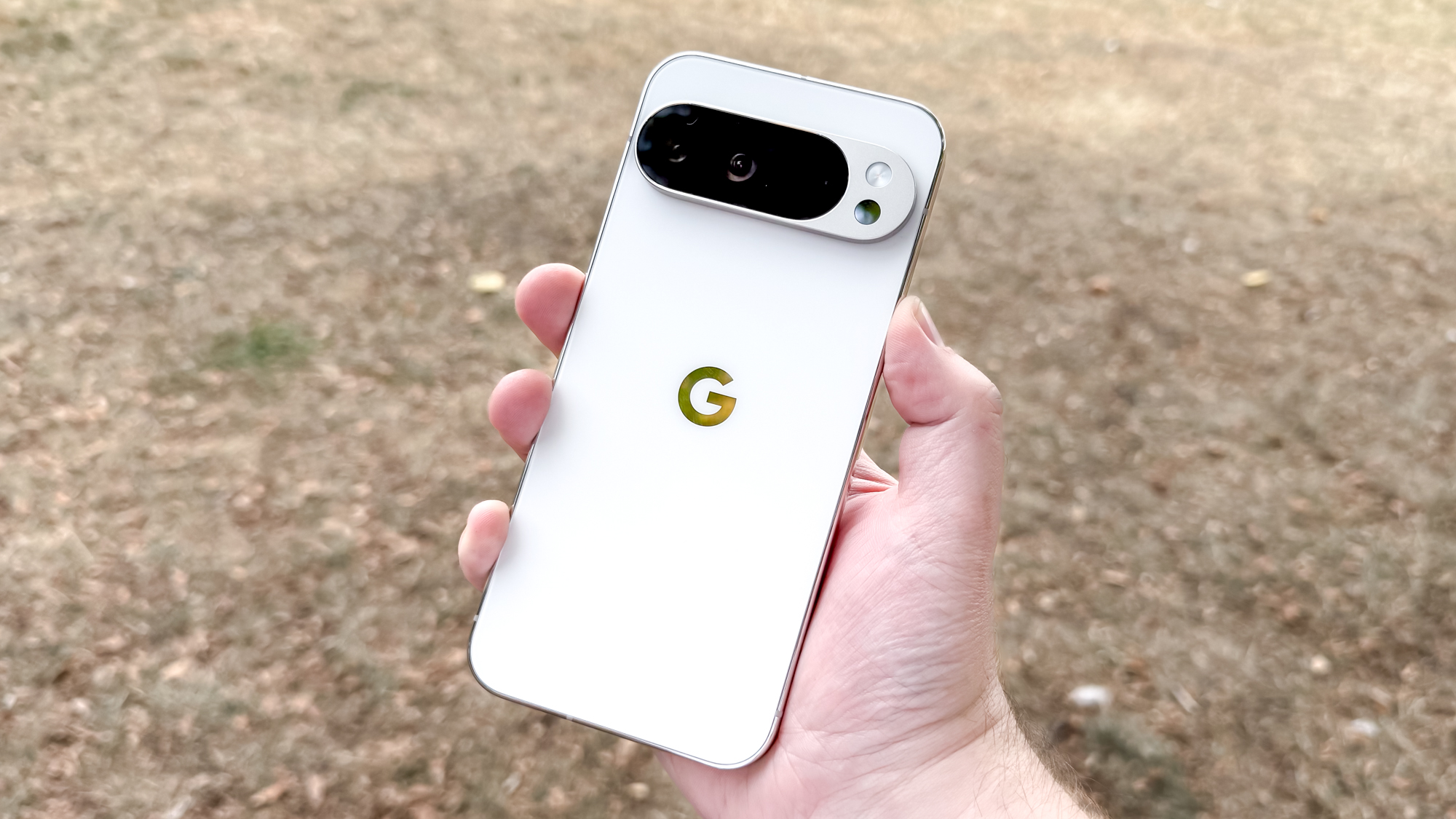

Specifications
Reasons to buy
Reasons to avoid
While not as much of a revolution as the Pixel 9 Pro XL was, the Pixel 10 Pro XL refines the formula to make an even more capable phone. That goes especially for the cameras, where Google continues to make improvements.
The hardware is unchanged, but Google's processing keeps them up to speed with Samsung and Apple's best. There's also a new 100x Pro Res Zoom mode if you really want to close in on a subject. The real joy is to be found in the tools surrounding the cameras themselves, like Camera Coach, a new tool that can help you take better shots by suggesting positioning and framing improvements for an existing photo.
The rest of the Pixel falls in line with previous models' strengths and weaknesses. The display is brighter than anything else you can buy right now, and there are even more Gemini-powered abilities you can try for productive and creative purposes. But Google's Tensor G5 chip is still underpowered for a flagship phone, and some of the AI features Google demoed at launch still haven't arrived. Don't let these couple of negative points put you off of an overall excellent big phone pick, though.
Read our full Pixel 10 Pro XL review.
Best big foldable phone
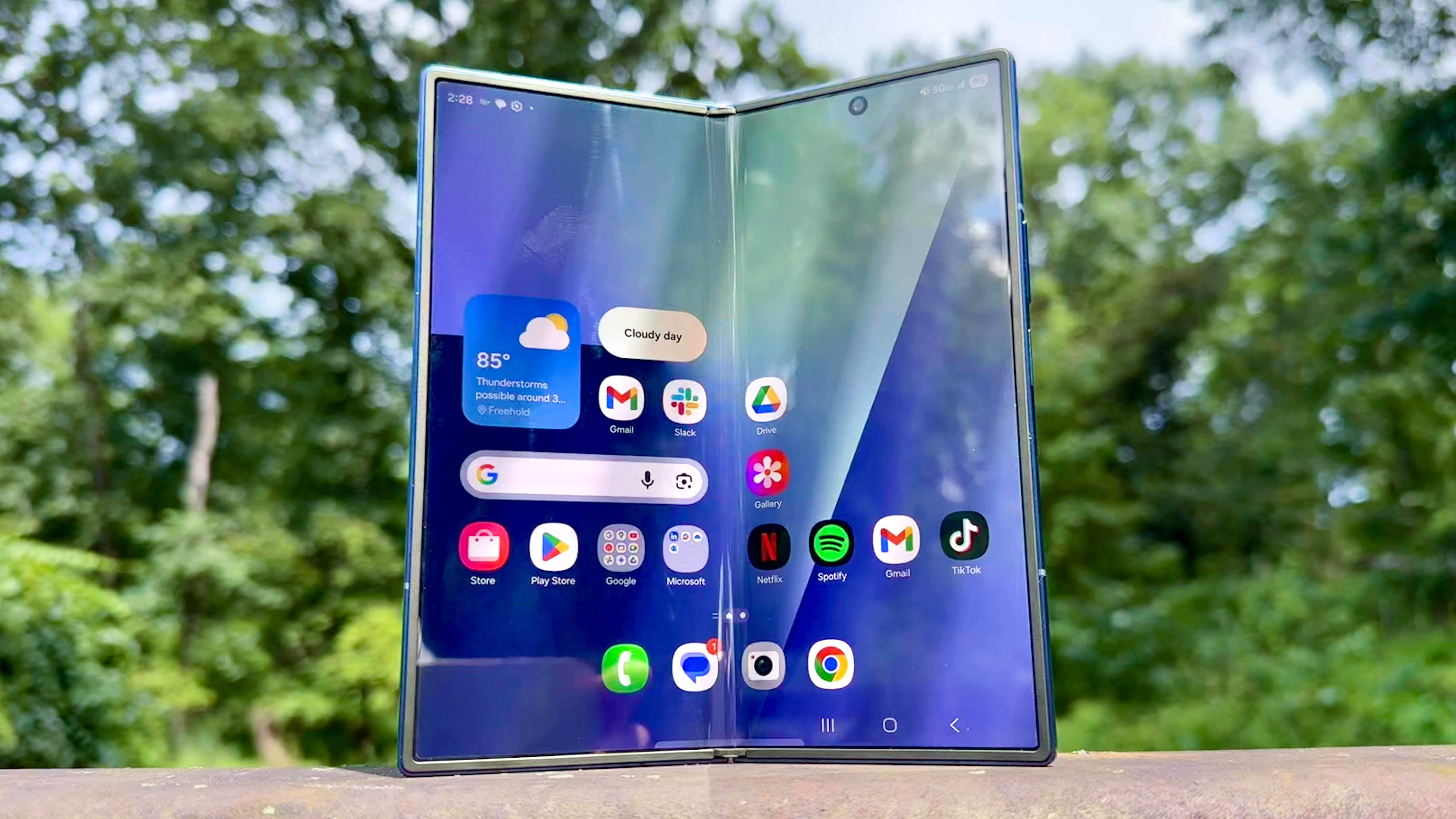

Specifications
Reasons to buy
Reasons to avoid
Samsung has retaken the foldable phone crown this year, with the Galaxy Z Fold 7 having undergone a remarkable transformation from the previous generation. It's bigger but thinner and lighter, and with more hardware and software improvements throughout.
If you want a big phone that's bigger than the rest, the 8-inch inner screen of the Galaxy Z Fold 7 is the obvious choice. While it's sadly no longer compatible with S Pen styluses, it remains a nice wide canvas to work from. Samsung's made changes to its Galaxy AI features to help you get the most out of the foldable, such as offering dual window and slide-over modes for common Gemini and Bixby functions.
The cameras are better than ever, the phone runs faster than ever, and even the battery life isn't that bad for a folding phone. The only other real problem is the two-grand standard price. That's par for the course with foldables though, and if you have the budget, the Z Fold 7 could be the perfect fit for you.
Read our full Samsung Galaxy Z Fold 7 review.
How to choose the best big phone for you
- Android or iPhone? Android phones give you more choice in terms of price, size and innovative designs — many of them happen to be larger, too. However, iPhones offer speedier software updates, better games and apps and better security and privacy. See our iPhone vs Android face-off.
- Unlocked or carrier? Most shoppers in the U.S. buy new phones through their wireless carrier. But an unlocked phone gives you the freedom to buy the device without any sort of contract and then bring it to the provider you want to use.
- Screen size: For fans of big phones, 6.5 inches and up is a good place to start. If you want something you can easily use with one hand, go with one of the best small phones with a screen measuring 6.3 inches or under.
- Cameras: Don't pay attention to the megapixel count. Instead, look at camera face-offs between phones to see the photo quality and look for special features like Night Mode to get better quality in low light. Also see our best camera phone roundup.
- Battery life: Generally, phones with larger batteries (measured in mAh) offer the longest battery life, but that's not always the case. That's why we run our own custom battery tests, where phones repeatedly load webpages over a T-Mobile data connection while set to 150 nits of display brightness until they run out of juice.
How we test smartphones
In order for a smartphone to make our best phone list, it needs to excel on several tests that we run on every handset. We perform some of these tests in our labs and some in the real world.
When it comes to performance, we rely on such synthetic benchmarks as Geekbench 5 and 3DMark to measure graphics performance. These tests allow us to compare performance across iPhones and Android devices. We also run a real-world video transcoding test on each phone using the Adobe Premiere Rush app and time the result. (We unfortunately have to skip this test on some phones due to app compatibility issues, but we attempt this benchmark with each device we get in to review.)
| Row 0 - Cell 0 | Geekbench 6 (single-core / multicore) | 3DMark Wild Life Unlimited (FPS) |
Galaxy S25 Ultra | 3,031 / 9,829 | 161 |
iPhone 17 Pro Max | 3871 / 9968 | 159 |
OnePlus 13 | 2893 / 9058 | 152 |
Pixel 10 Pro XL | 2322 / 6286 | 81 |
Galaxy Z Fold 7 | 3052 / 9735 | 123 |
To measure the quality of a phone's display, we perform lab tests to determine the brightness of the panel (in nits), as well as how colorful each screen is (DCI-P3 color gamut). In these cases, higher numbers are better. We also measure color accuracy of each panel with a Delta-E rating, where lower numbers are better and score of 0 is perfect.
| Row 0 - Cell 0 | sRGB (%) | DCI-P3 (%) | Delta-E |
Galaxy S25 Ultra | 151 (Vivid) / 128 (Natural) | 107 (Vivid) / 90.8 (Natural) | 0.25 (Vivid) / 0.24 (Natural) |
iPhone 17 Pro Max | 109.6 | 77.6 | 0.26 |
OnePlus 13 | 121.7 (Natural) | 86.2 (Natural) | 0.23 (Natural) |
Pixel 10 Pro XL | 125.7 (Adaptive) / 103.7 (Natural) | 89 (Adaptive) / 73.4 (Natural) | 0.29 (Adaptive) / 0.21 (Natural) |
Galaxy Z Fold 7 (inner/outer display) | 148 (Vivid) / 135 (Natural) | 105 (Vivid) / 96 (Natural) | 0.28 (Vivid) / 0.22 (Natural) |
One of the most important tests we run is the Tom's Guide battery test. We run a web surfing test over 5G (or 4G if the phone doesn't have 5G support) at 150 nits of screen brightness until the battery gives out. In general, a phone that lasts 10 hours or more is good, and anything above 11 hours makes our list of the best phone battery life.
| Row 0 - Cell 0 | Battery life (Hrs:Mins) |
Galaxy S25 Ultra | 17:14 (Adaptive) / 18:35 (60Hz) |
iPhone 17 Pro Max | 17:54 |
OnePlus 13 | 19:45 (Adaptive) / 19:34 (60Hz) |
Pixel 10 Pro XL | 14:20 (Smooth) / 13:11 (Standard) |
Galaxy Z Fold 7 | 10:44 (main display) |
Last but not least, we take the best phones out in the field to take photos outdoors, indoors and at night in low light to see how they perform versus their closest competitors. We take shots of landscapes, food, portraits and more, and also allow you to be the judge with side-by-side comparisons in our reviews.
Get instant access to breaking news, the hottest reviews, great deals and helpful tips.

Richard is based in London, covering news, reviews and how-tos for phones, tablets, gaming, and whatever else people need advice on. Following on from his MA in Magazine Journalism at the University of Sheffield, he's also written for WIRED U.K., The Register and Creative Bloq. When not at work, he's likely thinking about how to brew the perfect cup of specialty coffee.
